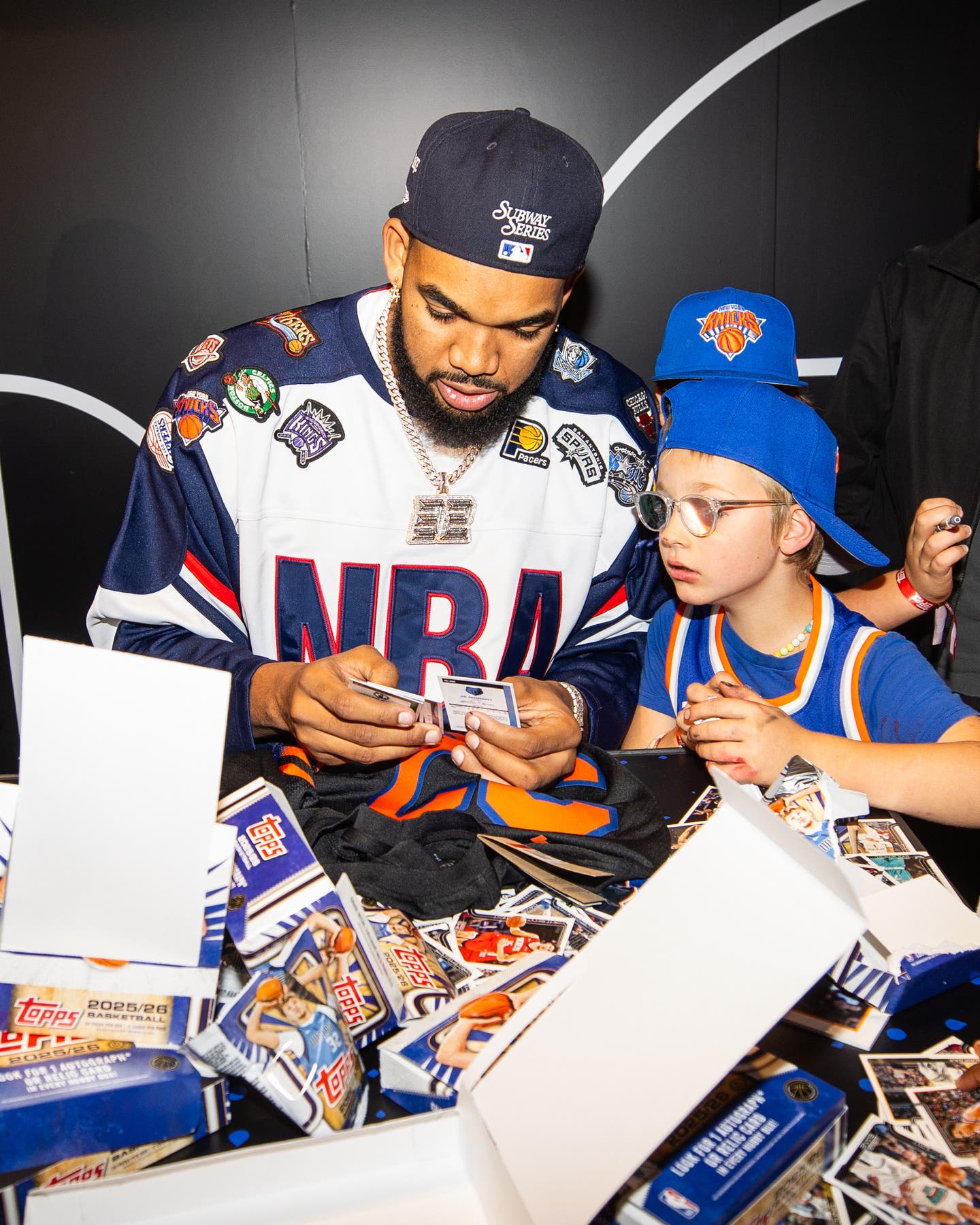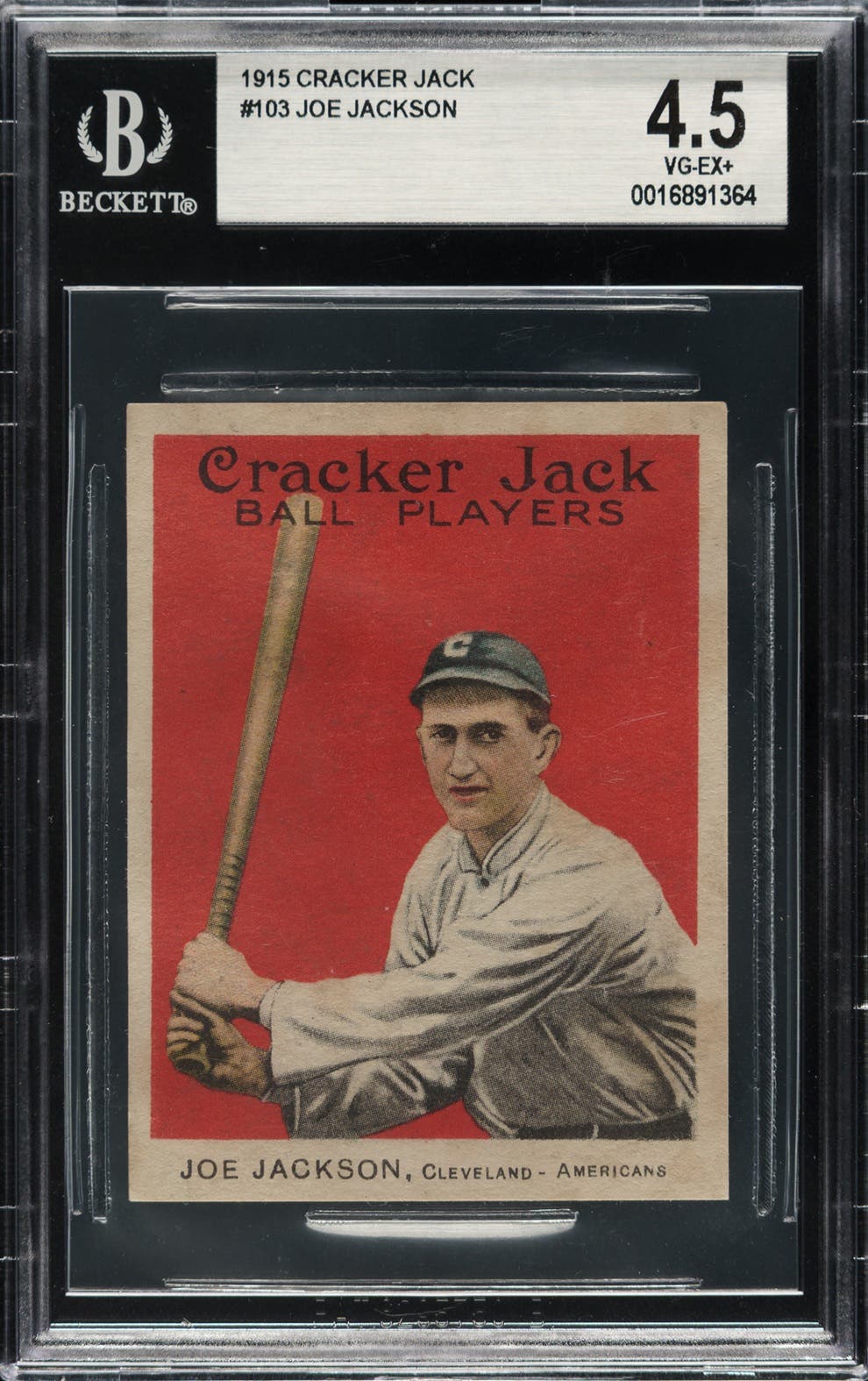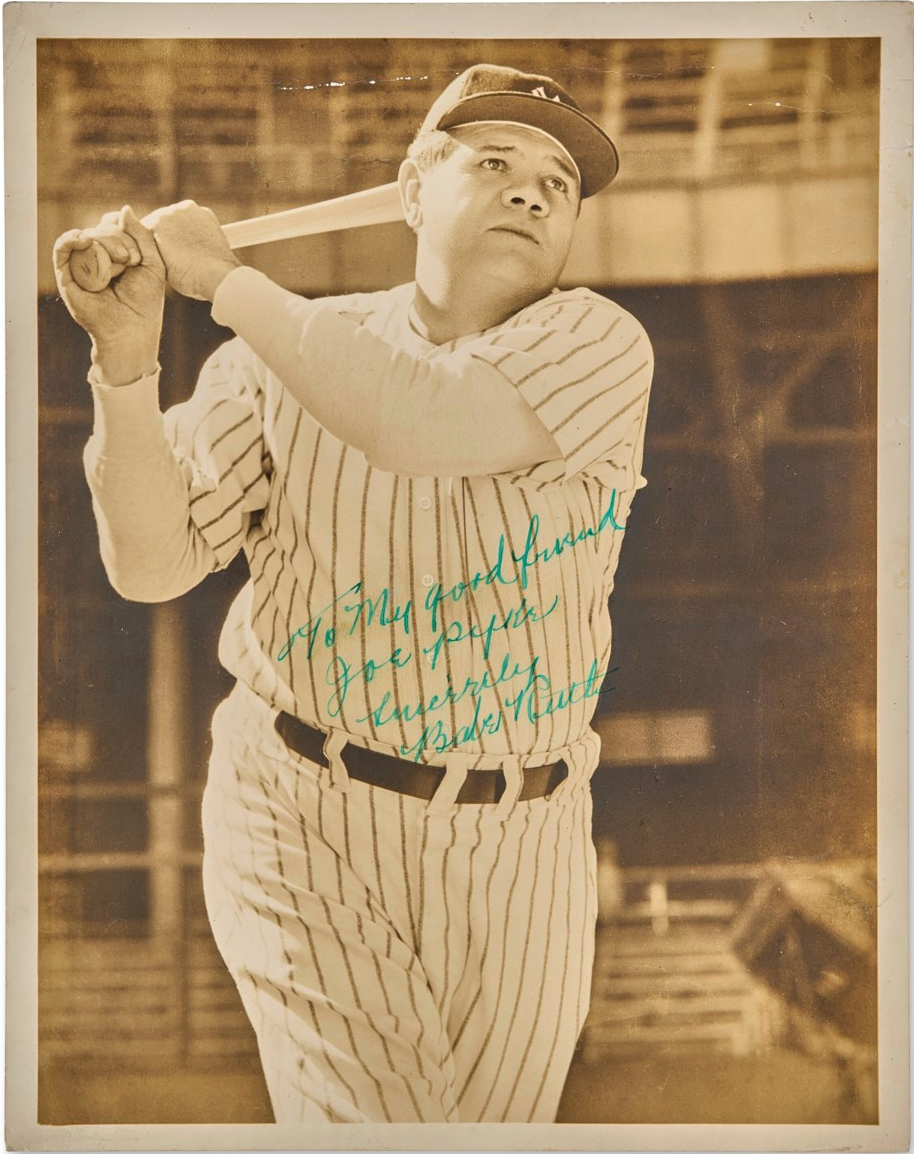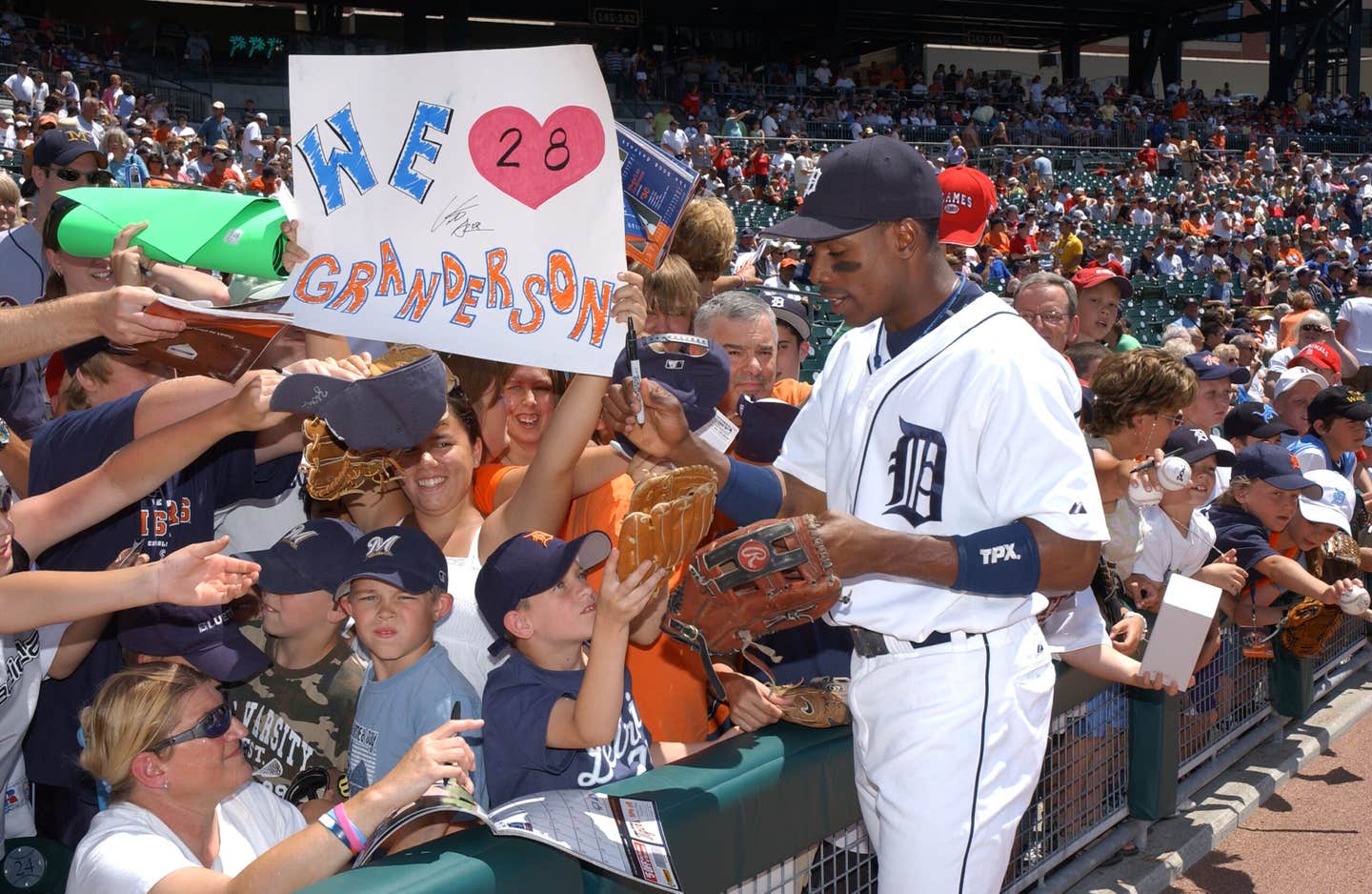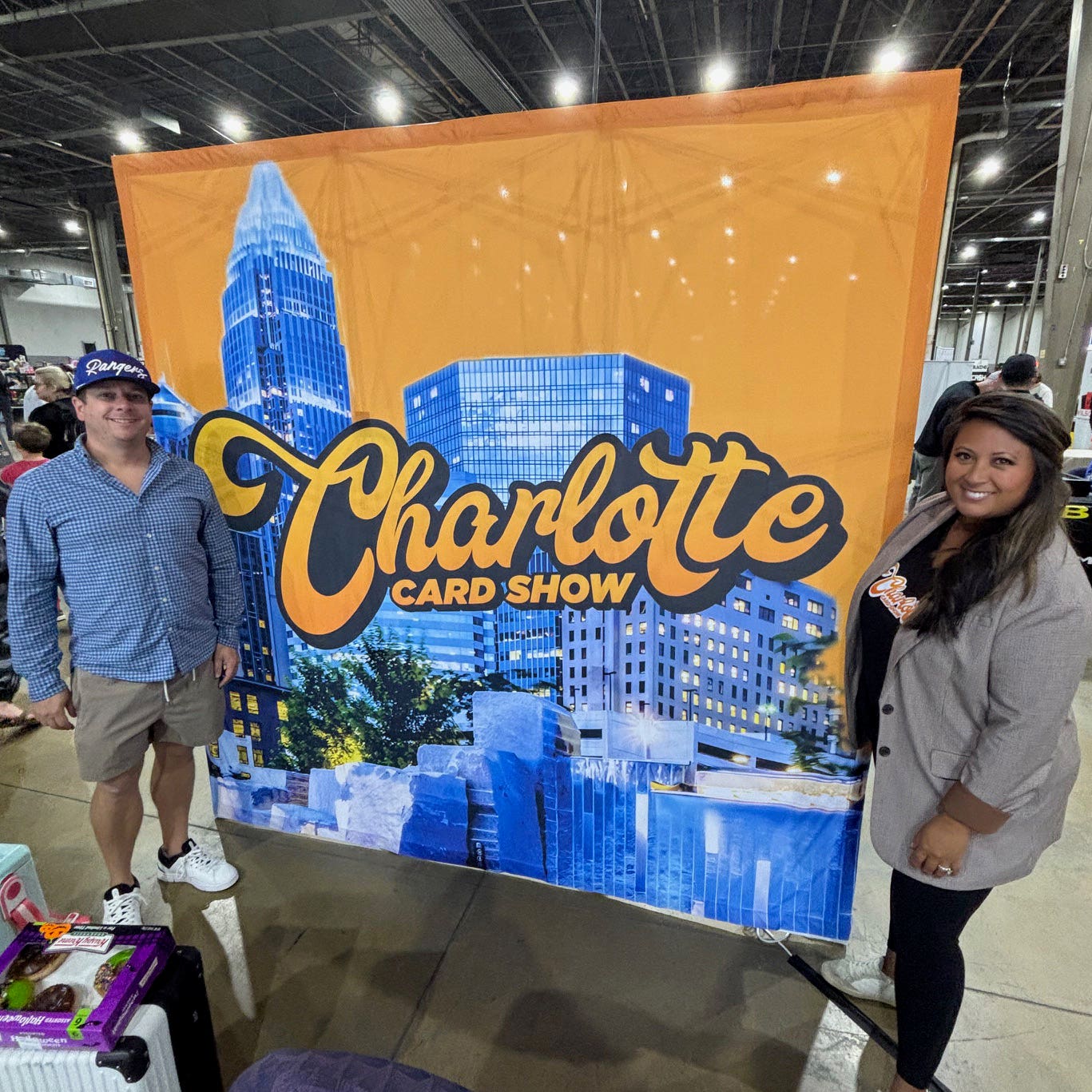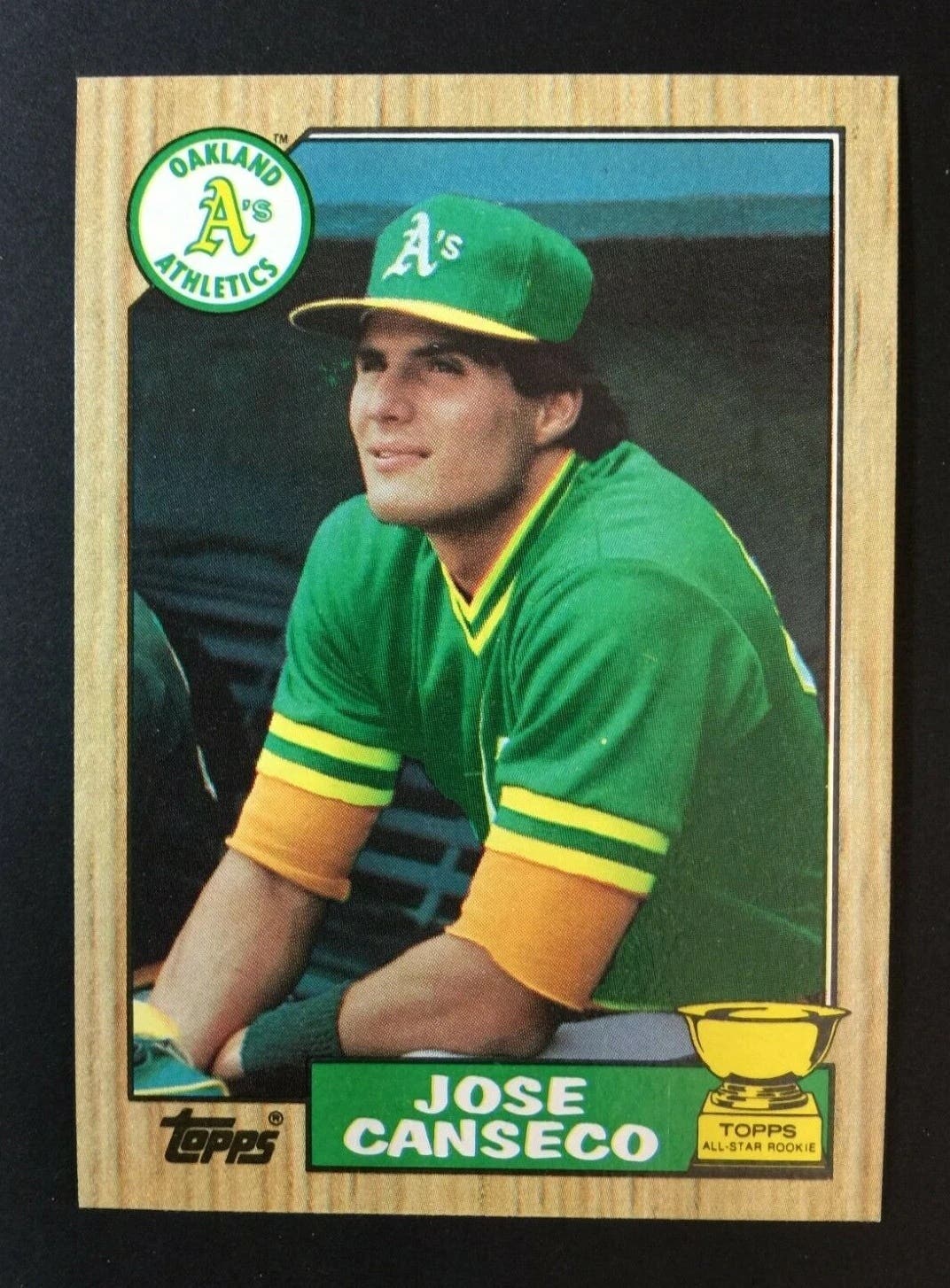Collecting 101
PR effort should also focus on set building
The avowed effort from the card companies and the various leagues and players' associations to try to bring children back into the hobby is a well-meaning and perhaps even worthy campaign, but it probably could use a bit more focus and refinement.
There are a number of obstacles that face all of us in moving toward that goal, with baggage from the last 15 years or so atop the list. Almost from the moment that the hobby started to embrace the complementary ideas of super-premium issues and contrived scarcity with inserts, the forecast for the younger set has been bleak.
This is not an indictment of the card companies or the licensors, which presumably were reacting to what they regarded as a changing marketplace, though a case could be made that they bear some responsibility for shaping those changes.
The reality is that baseball cards would probably have been a tough sell for kids over the last 20 years regardless of what the industry did to counter that. The onslaught of technology in general and video games and in the Internet in particular would have been a bear to overcome, and the impact of all that was magnified by the fact that the cards tended to get more expensive over the same span.
Now before I get any letters or e-mails, that's obviously a bit of an understatement, which, ironically, is a bit of an understatment in itself. The pack prices of new cards, often as confusing as the nutrional information on the back of a TV dinner, are difficult for older collectors to understand, and for younger collectors to afford. Impossible, really, for a significant number from both groups.
Mix in that crummy canceled season and World Series 12 years ago, and you've got enough culprits to go around. It's also worth noting that the same forces that have made it tough for kids to collect have worked against adults as well, but at least for this discussion, I am talking about our chances of recapturing those lost generations of youngsters.
I applaud the efforts of Major League Baseball, the MLB Players Association and the two baseball licensees, Topps and Upper Deck, in undertaking a dramatic advertising and promotional campaign to get cards to a wider audience, including the younger set. For more on the details of that year-long promotion, turn to the "On The Record" Series, which features an interview with Colin Hagen, MLB's VP of licensing/hard goods, staring on page 34 in this issue.
The idea of a national advertising campaign linked with large-scale promotions and distribution of free cards at stadium is very exciting, but I'd like to see the hobby undertake a role in this as well. And that's where the notion of set building comes in.
I am convinced that one of our best hopes in attracting the uninitiated to card collecting would be with the anthropologically fascinating appeal of completing sets. I had to use "spell check" to work that in there, but I truly believe that there's some kind of mystical attraction that involves the "hunting and gathering" instinct. And I don't think a lot of people have any notion of how much fun it is.
That's where I think part of our focus should be; finding ways to get people intrigued with that wholesome aspect of the hobby, regardless of age group.
And by wholesome, I don't mean to suggest that there's anything wrong with collecting for investment reasons, only that we've tried that route for the last 15 years or so, with decidedly mixed results.
I'd love to see a program developed that got a "starter set," or a box of cards, into people's hands, a sampling of cards that would be large enough to get someone marking off a checklist. I don't typically like to use drug-related analogies in this fashion because I fear it ultimately trivializes the impact of addiction, but here goes: we need to get new collectors "hooked," and getting them started on a significant pile seems like a worthy place to start.
The other thing I like about such an idea is that it isn't restricted to simply new cards, and so can involve dealers and hobbyists who perhaps restrict their attention to things from, say, before the dawn of the super-premium era.
If that seems to run counter to the interests of the card companies who want - and need - to sell new cards, perish the thought. If, hypothetically speaking, a vintage dealer were able to get someone involved in the hobby by building a set of 1987 Topps Baseball, it wouldn't be long before that new face in the hobby might start the same process with something a little more recent.
Ultimately, the ability to broaden participation in this fashion will rely, in part, on the pricing of product, old and new. Collectors need to be able to put a set together without undertaking an exorbitant financial burden; of course, one man's exorbitant is another's chump change.
One of the things that works against this idea from the point of using cards produced post-1994 strike is that a lot of those sets were produced with set collectors in mind. That's irksome, but hardly a deal breaker; there are literally hundreds of options of potential sets that can be built, and the sooner we try to capitlize on that the better.
In a future column, I'll put together my own list of "older" issues that would recommend themselves for this kind of treatment. And by "older," I am applying the term very broadly. That's an inevitable byproduct of actually getting "older."



